Run right
Most people think they know how to run correctly. But it is a process that is built up over time with corrective exercises.

As we grow older, our postures change — be it standing, sitting or even the posture in which we sleep. We get caught up in a packed schedule and forget that the only thing that holds us up daily is our physical body. Here are a few practises which can help people understand their bodies better before they set out to run.
1. Knees & toes
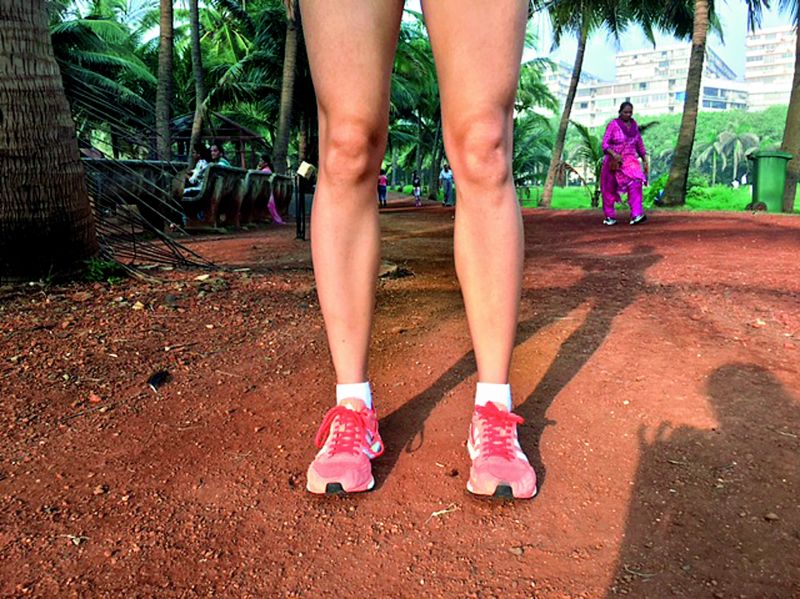 Right
Right
Stand soft in your knees and keep your toes pointed straight. This is important, because as we grow older, there is a higher risk of the knee bones wearing out faster. While running, concentrate on your feet. When you make this practise regular, you will notice your running gets faster and you are at a lower risk of getting injuries. Keeping the knees soft engages the hips over a longer duration while running. Most importantly, stand on both your feet all the time.
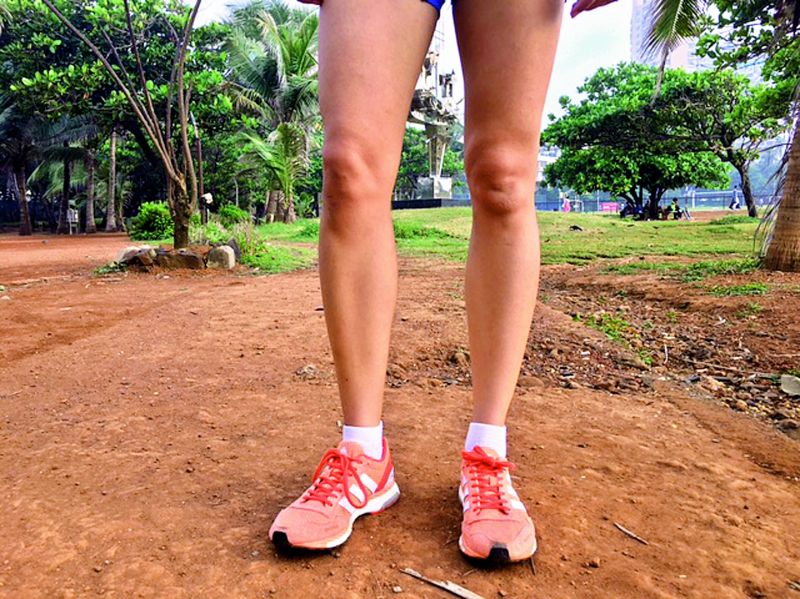 Wrong
Wrong
Many people tend to stand on one leg throughout. This means that there is a huge strength or tightness imbalance in the hips which eventually leads to prolonged injuries while running. Hence, the photo on the right shows you why it is important to learn how to stand correctly and then running correctly with the feet straight in focus.
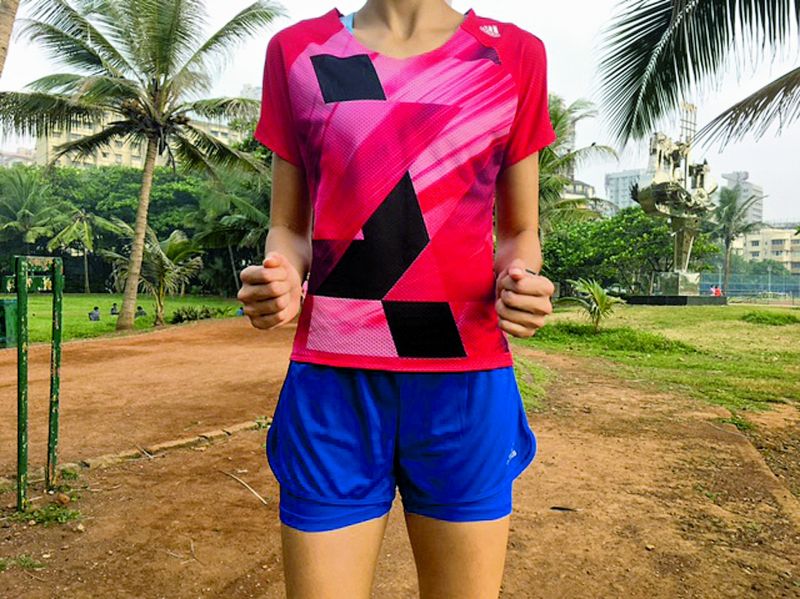 Right
Right
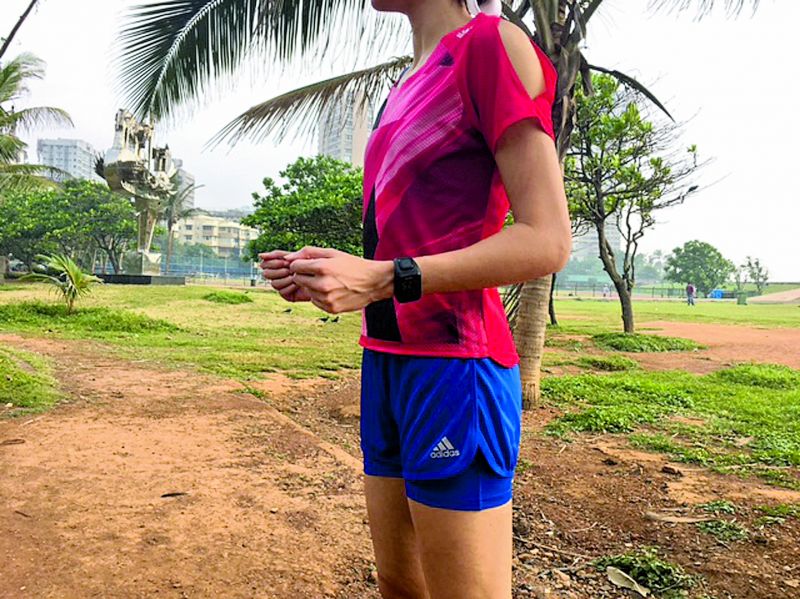 Right
Right
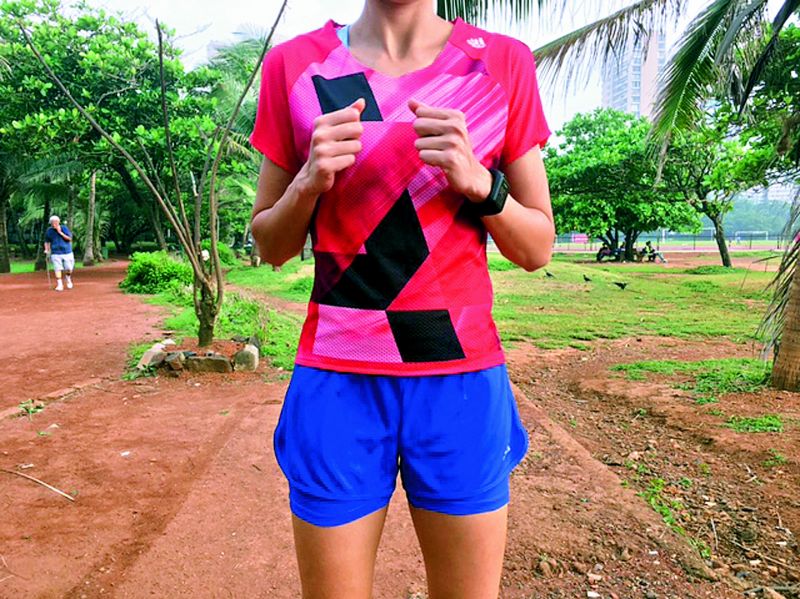 Wrong
Wrong
2. Arms & shoulders
Another key factor in running is how you position your arms. The upper body has a very important role, just as the legs and hips do. The correct posture for arms whilst you run long distance is to maintain them at the belly button/navel level.
The more relaxed your shoulders are, the better your lungs can breathe. The better your lungs breathe, the longer you can travel with your legs.
The closer you bring your arms towards your chest (see photo titled wrong), the harder it will get to breathe while running.
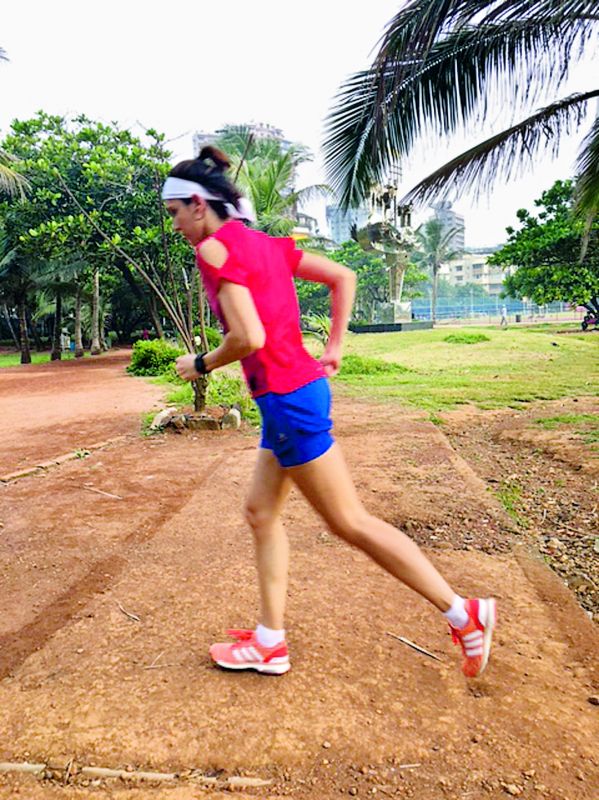 Wrong
Wrong
3. Neck & body
When someone advises you to lean forward whilst running, remember all you’re doing is going downhill.
It all starts from the neck. Keep your vision at least 50 metres ahead of you. If you look straight onto the ground, your neck drops with your eyesight. The minute your neck drops, your shoulders cave in. When your shoulders cave in, your arms run closer to your chest. When your body leans forward, you tend to overuse your knees and not your legs.
Note: Your legs start from the hip bone and end at your knees. Your lower limbs start from the knee all the way down to the ankles. Hence, it is very important to run with your legs and not your knees.
The reason why most people suffer from knee injuries is because they run with their knees and not their legs.
An ideal running form for a newcomer is very simple. Follow practise one and two, the rest will flow as you run. Most long distance runners in the world can only run the first and last 3-4 kms on their fore foot and mid foot and it takes years of training to adapt to that practise. Most of us run heel to mid foot. So if someone discourages your foot strike, don’t worry about it. Get them to check theirs first before they correct yours.
Striking your heel first on the ground is the most natural form of amateur long distance running. Strengthen your ankles (calf raises and skipping) to keep those feet away from injuries.
Ayesha is Adidas Runners’ Mumbai captain
